Montana Movies: "The River Wild"
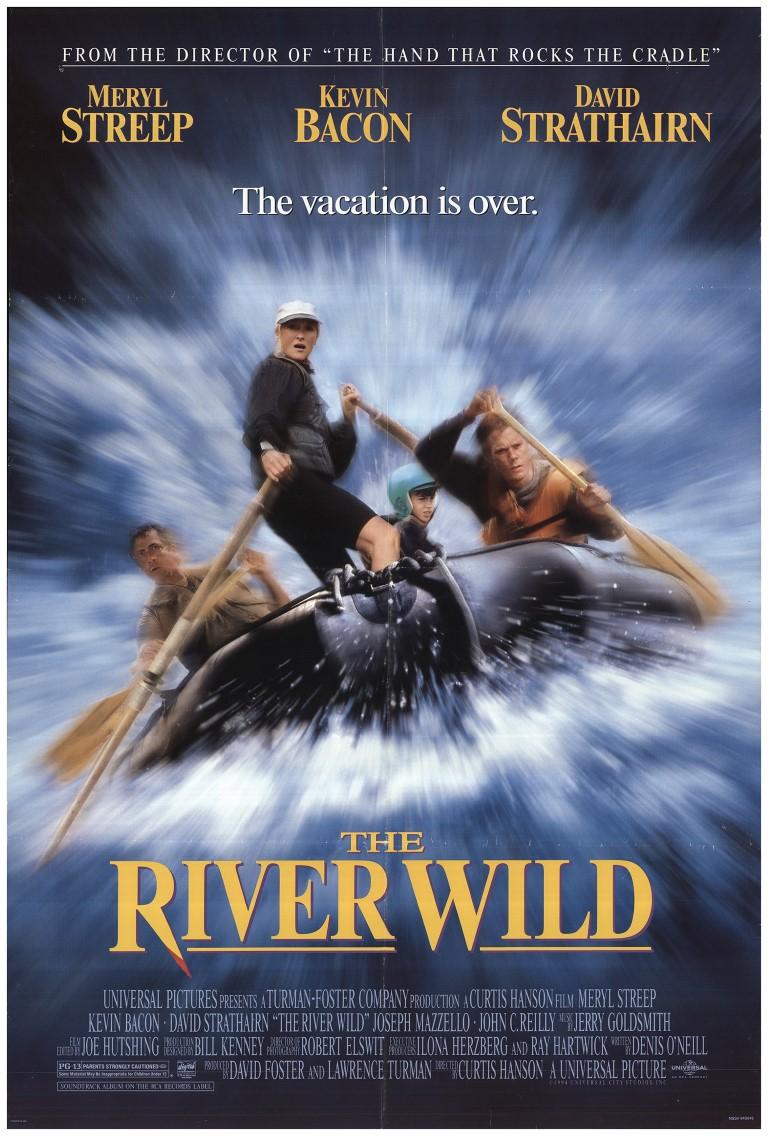
Floating Montana rivers has long been a favorite summer activity for my family, as it is for many of those fortunate enough to reside in the state. For us, the hottest months of the year are made bearable by the grand gift of accessibility to the Yellowstone, the Madison, and the Gallatin rivers. Many of my most primal childhood memories involve riding on brightly colored pontoons in a lifejacket with river water splashing over the side. In 1994 our family went to the theater to see The River Wild, excited that a movie was centered around one of our favorite activities. While not a “family film” in the typical sense of that term, six-year-old-me was never the less engaged with it on the level of a family adventure on a river (the previous summer my parents had taken me to see Jurassic Park; no, I was not traumatized by either experience). The passing of time hasn’t conferred classic status on The River Wild, but it still stands as watchable action/thriller, as well as an example of the now critically endangered, if not extinct, species of mid-tier studio filmmaking that offered dependable craftsmanship at not-astronomical budgets. Montana rivers serving as the setting tops off the cake.
The plot centers around the Hartman family: river expert Gail (Meryl Streep), her husband Tom (David Strathairn), their young son Roark(Joseph Mazzello, fresh off his turn as Tim in Jurassic Park), and their yellow Labrador Maggie set off for a rafting vacation on a river where she was once a guide, hoping to bandage the damage wrought by Tom’s workaholism. Along the way they encounter two men, Wade (Kevin Bacon) and Terry (John C Reilly), who clearly have no experience on the river. It’s the type of encounter that many a seasoned floater will relate to (many folks overestimate their ability to be effective, or at least non-dumb, on the water), though likely not the development where the two men turn out to be escaped convicts on the run who have already murdered one of their accomplices. The family are taken hostage at gunpoint, with Gail ordered to abet their escape by taking them down past the point where rafters are permitted to go, through a deadly gigantic confluence of rapids known as the Gauntlet. Will the Hartmans be able to band together to defeat the criminals and survive the river?
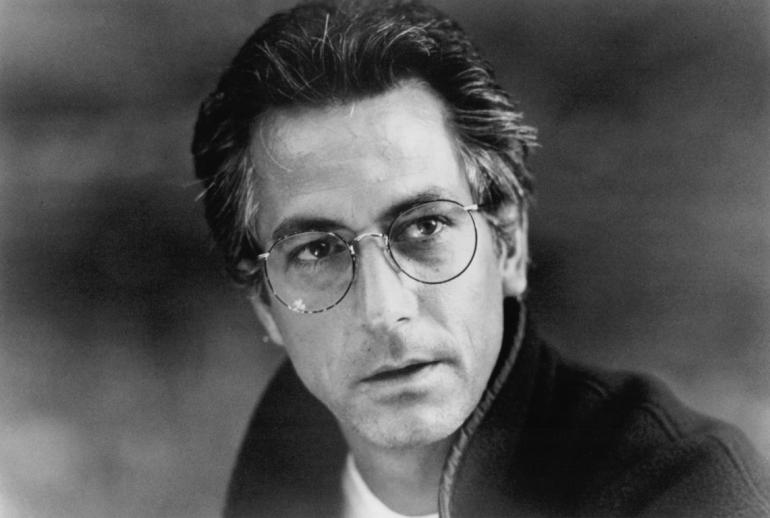
River journeys have been reliable staples for literary stories for quite a long time, at least if we take Huckleberry Finn as a starting point. It is telling that most river trip narratives tend to be traumatic in one way or another. Think Heart of Darkness or Apocalypse Now, to say nothing of James Dickey’s Deliverance, the film version of which turns fifty this summer. The River Wild isn’t as distressingly hard-hitting as the former titles, but its premise still rests on the subconscious dread of something happening to your family that the American thriller has long used as its launching point. Pairing that anxiety with a river, an elemental force of nature indifferent to human concerns, solidifies it into something that feels that much more possible.
Though implied to be the Main Salmon in Idaho, the river in the movie is never explicitly named. In reality, the movie river is an amalgamation of several real ones. Principal photography was filmed on the Kootenai River outside of Libby and the Middle Fork of the Flathead River outside of West Glacier (a few scenes were also shot on the Ruby Horsethief section of the Colorado River and the Rogue River in southern Oregon). Meryl Streep, true to her reputation for diligence, learned how to oar and did most of her own stunt work in the film; though it must be noted that the extreme white water sequences were helmed by professional river guide Kelley Kalafatich, who is credited as Streep’s stunt double in the film. Even so, disaster nearly struck. At the end of shooting one day, director Curtis Hanson asked Streep to shoot one more scene, despite her objections due to fatigue. Nevertheless, she attempted the scene, only to be knocked off of the raft and swept down the river; drowning was averted by her lifejacket that the production’s river rescue team. Streep reportedly said to Hanson afterwards, “In the future, when I say I can’t do something, I think you should believe me.” Moral of the story: the river cares not for record Academy Award wins.
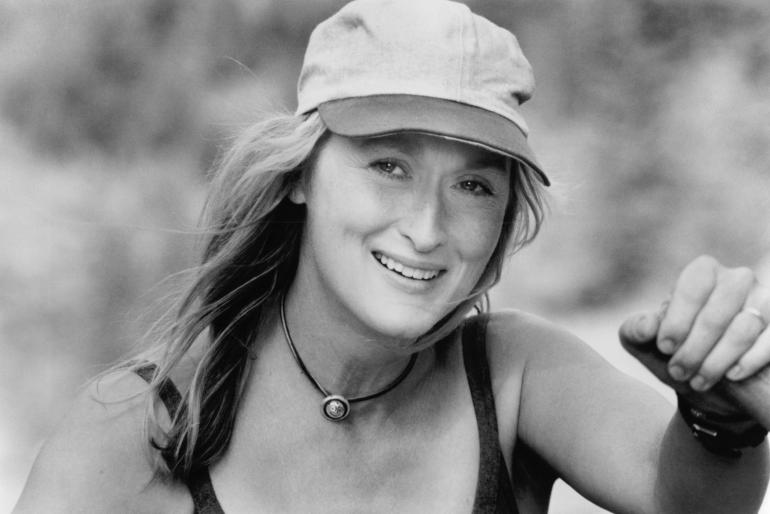
With or without the risk of real-life drowning, Streep’s performance manages to convey a tension that is effortlessly believable, undergirded as it is by determination for herself and her family to live. David Strathairn, long one of the most dependable character actors in American movies, grants Tom a trajectory from a prickly absentee parent and spouse to a family man capable of heroic sacrifice. The only member of the principle cast who seems somewhat lacking is Kevin Bacon, as the prime villain. While his affability is fitting for the character’s introduction, when he has to seem friendly and unthreatening, it proves a harder sell when Wade’s true colors are revealed. Even after the hostage situation has commenced, he never seems as sinister as he should. It’s intriguing to ponder what a performer like Gene Hackman might have brought to the role.
The other key ingredient to making the movie work is the music score, courtesy of the late great Jerry Goldsmith. The River Wild was originally scored by Maurice Jarre, an acclaimed film composer in his own right (perhaps best known for his scores for David Lean’s historical epics Lawrence of Arabia and Doctor Zhivago). But after poor test screenings, the studio decided to bring in Goldsmith to rescore the picture; Jarre’s score, while certainly capable, perhaps relied a bit too heavily on the synth instrumentation that was all the rage throughout the 80s but had begun to seem dated by the early 90s. Goldsmith produced a reliably melodic and atmospheric soundtrack; he had the ability to craft memorably self-sustaining music even for mediocre or flat-out bad movies. The main theme for River Wild makes good use of the old Scottish ballad “The Water is Wide,” while the moments of peril have suspenseful buildup to explosive release.
So if you’re in the mood for late summer diversion, and would like to see some glorious Montana waterways in the spotlight, The River Wild would serve you well.

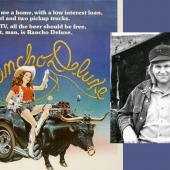


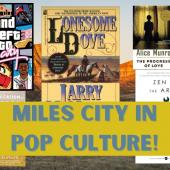
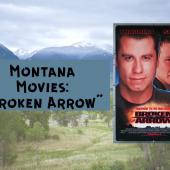
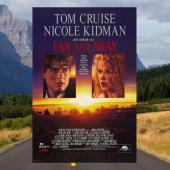
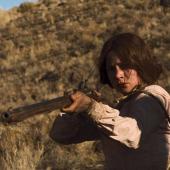
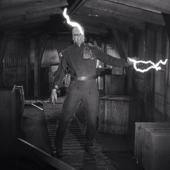
Leave a Comment Here